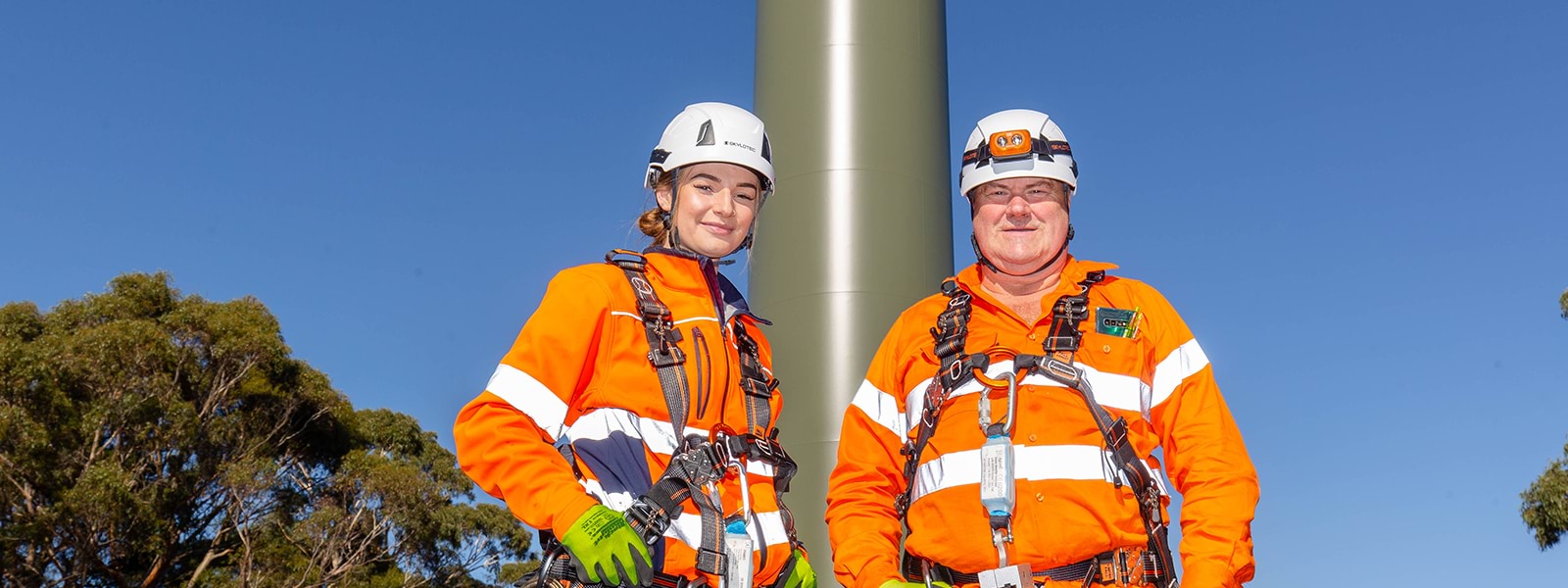Over the next three years, we will:
- Facilitate a series of industry roundtables with the aim of better understanding and reducing the barriers to work placements to assist industry to make better use of this training and recruitment pathway.
- Examine which courses and occupations are experiencing placement shortfalls that are contributing to workforce supply issues.
- Review the role of work placements and quality simulations in vocational qualifications and advocate for alternative approaches, where required.
Work-integrated learning is increasingly seen as an approach that brings teaching and learning to life. Work placements are a more prominent feature of many vocational and higher education qualifications. Some placements are optional to enhance the learning; many are structured, skill-based experiences mandated within qualifications.
At their core, they enable students to put theory into practice, refine skills in a work environment and build an understanding of an industry, trade or profession and its culture.
Employers benefit from work placements. Many see them as a recruitment strategy where they can assess the talent and suitability of the student to their workplace. Students also bring the latest thinking and practices. A strong motivator for many in offering placements is to contribute to the health and growth of their industry.
The pandemic made securing work placements difficult, with businesses being closed or operating under restricted access to their premises. This created a workforce supply issue. It is particularly being felt in the care economy, which has a strong tradition of clinical placements, yet it had to put in place very strict access controls to manage infections, especially for placement students.
These circumstances exposed the significant costs to employers, students and providers in arranging placements.
Ongoing concerted effort is required to deal with the backlog of placements, otherwise there is a risk that students will withdraw and be lost to the industry. The operation of placements – between providers, employers and students – is also worth examining.
In some instances the duration of placements relative to the occupation seem excessive with the cost borne by the student. In some instances, there is risk that providers will no longer deliver the training, given the coordination costs they carry, plus the responsibility to comply with the qualification.
The pandemic has given rise to new thinking about how practical experience can be gained and certified. Virtual experience can be impactful and a broader range of work situations, especially those that otherwise are impractical to experience in a workplace, can be simulated and tested – like pilot training simulators.
These new approaches can be implemented to complement placements without compromising quality. More work needs to be done to ensure the balance is right:
- That the period of time dedicated to work placements is set to maximise the benefits and not be unnecessarily onerous.
- That different approaches shown to be valuable are appropriately supported and utilised.
The work is urgent, as many businesses are operating under Industry 4.0 and implementing simulated systems for operations and maintenance. They expect graduates to be proficient in their use.
While the balance between real and simulated environments might shift, work placements will continue to be a feature of the TAFE and training system. Industry has a responsibility to redouble its commitment to providing these opportunities to learners – it’s important for the learners and good for business.
Case study
Putting theory into practice
Tanya McDonald was 38, a survivor of family violence and the single mother of four young children when she decided to enrol in a Diploma of Community Services at South West TAFE – a course that included a very substantial work placement requirement. It was a decision that changed her life.
“It has taught me to be confident in myself and capable of achieving anything I can put my mind to, no matter how challenging it may be,” Tanya said.
At the same time, Tanya completed a Graduate Certificate in Family Therapy and worked as a paralegal at a law firm, supporting vulnerable women with legal issues arising from family violence.
Tanya is a strong advocate for the Indigenous community. She wants to make a positive impact on their health needs and encourage young Indigenous people to further their education.
After completing her initial studies at TAFE, Tanya returned to complete the Certificate IV in Training and Assessment. She is now moving to Alice Springs to teach Community Services at Charles Darwin University.
“Studying at TAFE has opened so many doors and given me so many opportunities – more than I could’ve ever imagined,” Tanya said.
“I’m so looking forward to the many experiences life has to offer to gain a better future for myself and my family.”
Updated
